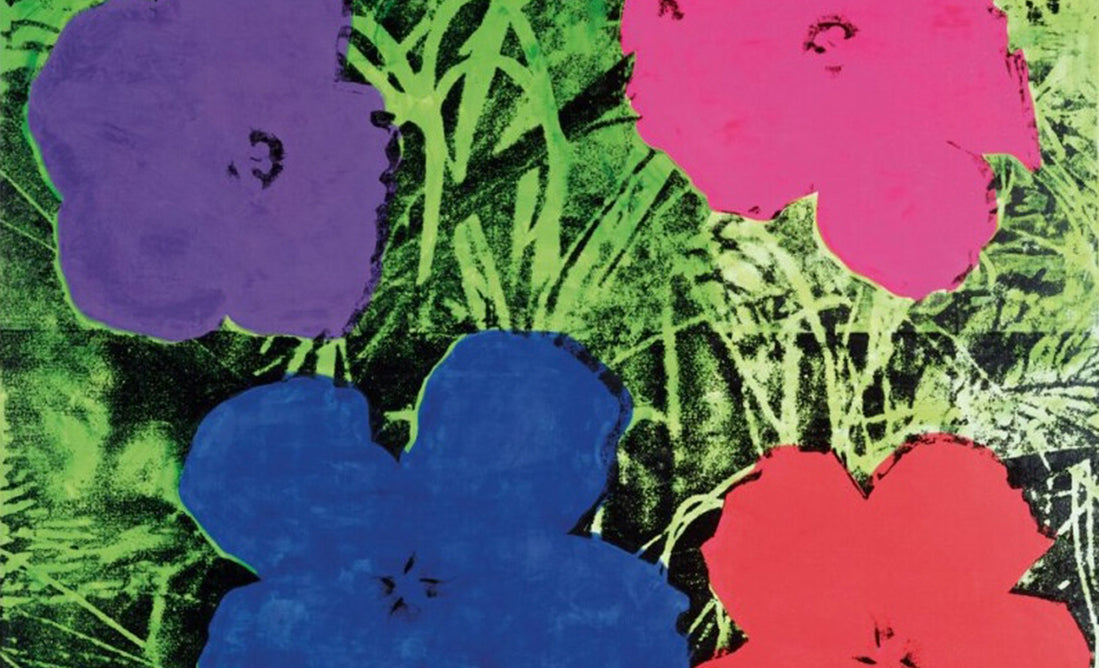In the 1960s, a creative revolution took place in the heart of New York City, led by one of the most iconic and enigmatic figures in the art world: Andy Warhol. His studio, known as "The Factory," became a central hub for the intersection of art, celebrity, and mass production, fundamentally changing the way art was created, viewed, and consumed. The Factory was not just a physical space, but a conceptual environment that embodied Warhol's vision of art as a reflection of modern society’s consumer culture.
Warhol’s Factory was established in 1962 at 231 East 47th Street in Midtown Manhattan, later relocating to a larger space on Broadway in 1968. The Factory’s raw, industrial aesthetic became a symbol of Warhol’s artistic ethos, embracing the idea of mass production in the creation of art. Warhol famously declared, “I want to be a machine,” emphasizing his belief that art could be produced with the same efficiency and uniformity as a product on an assembly line. This philosophy became evident in his use of repetition, mass-produced imagery, and the application of commercial techniques in creating works of art.
At The Factory, Warhol surrounded himself with a diverse group of collaborators, artists, celebrities, musicians, and socialites. These individuals, known as the “Warhol Superstars,” were integral to the production of his art and the atmosphere of the Factory. People like Edie Sedgwick, Joe Dallesandro, and Candy Darling became part of Warhol’s inner circle, and their personas were immortalized in his art. Warhol’s films, such as Chelsea Girls and Sleep, showcased these figures, further blurring the lines between celebrity, art, and life.
Warhol’s art-making process at The Factory was radically different from traditional methods. He employed a group of assistants who helped him produce his works, allowing for the production of multiple pieces at once. The Factory was more than a studio; it was a production line where Warhol’s art, from the famous Campbell’s Soup cans to the portraits of Marilyn Monroe, was created on an industrial scale. This system of artistic production highlighted the dehumanization of the artist’s role and echoed the growing influence of mass media and consumerism in American society.
Warhol’s influence was not limited to painting and sculpture; the Factory also became a cultural epicenter for music, fashion, and film. In 1965, Warhol became the manager of the band The Velvet Underground, helping them develop a distinctive sound that would define a generation. He also worked with various musicians and filmmakers, creating avant-garde films that challenged conventional notions of cinema. The Factory was a space where the boundaries of art and entertainment were constantly redefined.
While Warhol’s Factory embodied the spirit of the 1960s, it also reflected the larger cultural shifts occurring in America. It was a place where art, commerce, celebrity, and media were inseparable, and where the traditional notions of the artist as an isolated genius were dismantled. Warhol’s ability to blur the lines between high and low culture, fine art and popular culture, has had a lasting influence on contemporary art.
In 1984, Warhol’s Factory was closed after a robbery, and Warhol himself passed away in 1987, but the legacy of The Factory lives on. The Factory remains a symbol of Warhol’s avant-garde approach to art and his radical ideas about production, celebrity, and the role of the artist in a consumer-driven world. Through its open doors, Warhol and his collaborators created a new way of thinking about art that continues to inspire artists today.




Leave a comment
This site is protected by hCaptcha and the hCaptcha Privacy Policy and Terms of Service apply.